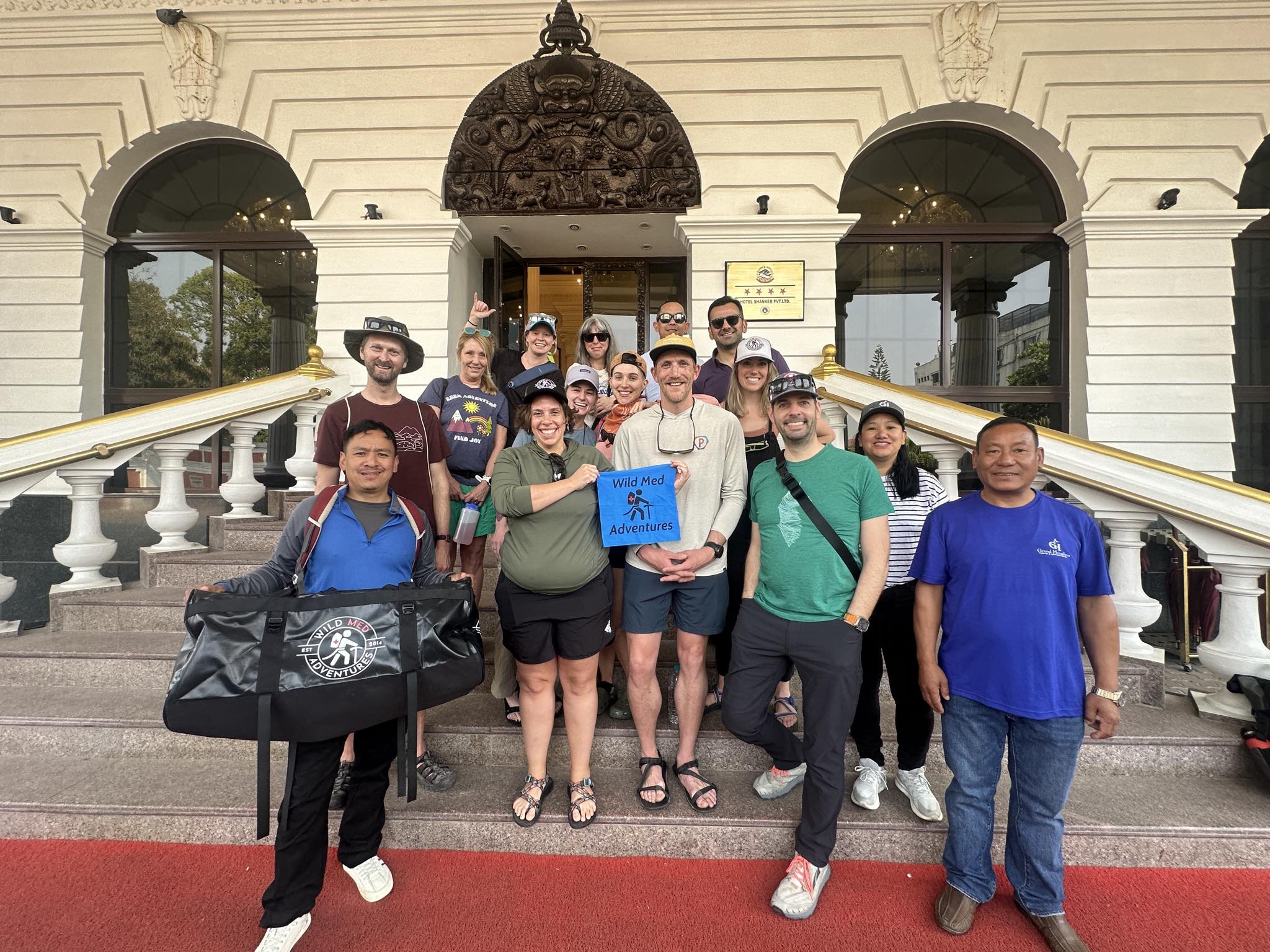Be a safe trekker
1. Keep your eyes on your team mate while trekking and try to cohere with the group at all times. Trekking tracks in the Himalayas are often connected with caravans and nomads trail, trails to the villages nearby the trekking route, domestic and wild animals trail, etc. These off the trekking track can often mislead you and consequently, people could wander off the track towards the hazardous door.
2. Try not to ascent rapidly especially first few days of the trekking, no matter how physically tough you are. I presume trekking in the Himalayas is entirely different than trekking in the Alps and Andes. Keep your eyes all around you when trekking because there is an utmost possibility of seeing wild lives and some other interesting sites, rather than speeding up towards the next camp and end up holding your head rest of the day.
3. Drink plenty of plain fluids at least 4 liters a day. Stay yourself well hydrated which can prevent you from having AMS (Acute Mountain Sickness).
Avoid drinking alcohol once you hit high altitude, which is above the altitude of 3500 meters. Make yourself habit of drinking water, tea, soup, juice and so on, instead of Alcohol. Drinking alcohol at high altitude has been scientifically proved to be making your body more susceptible to AMS.
4. Make sure you do not overload your daypack as this could cause pain to your shoulders/back. The heaviest item in your daypack should be your water, so your daypack should get lighter as the day goes on. If your daypack feels uncomfortable at any point, stop and readjust it.
5. Ensure that your feet and other extremities are kept warm and dry at all times. There have been cases of people not adequately dressed getting frost bite at high altitude due to the freezing temperatures. Remember, although the temperatures at the top may not seem cold, wild chill can reduce this temperature even further. Always be prepared with something to cover your face, warm gloves and thick walking socks.
6. We advise that you take some plasters/a blister prevention kit with you to keep your feet in good condition. Do not lace your boots too tightly/loosely and if they feel uncomfortable readjust them and apply plasters when necessary.
7. Keep your head torch in your daypack, always. You never know when and where you end up walking in the dark.
8. Walking poles can aid your trek, providing additional support and balance. Walking poles also helps to significantly reduce knee strain, particular during decent.
9. Your guides and Sherpas are very much experience about the places you are trekking.
Hence, we always recommend you to follow their instructions and help yourselves by helping them to make your trip an adventure of a lifetime.
We the entire family members of Grand Himalaya would like to wish you safe and successful trips.
See you in the hills!

